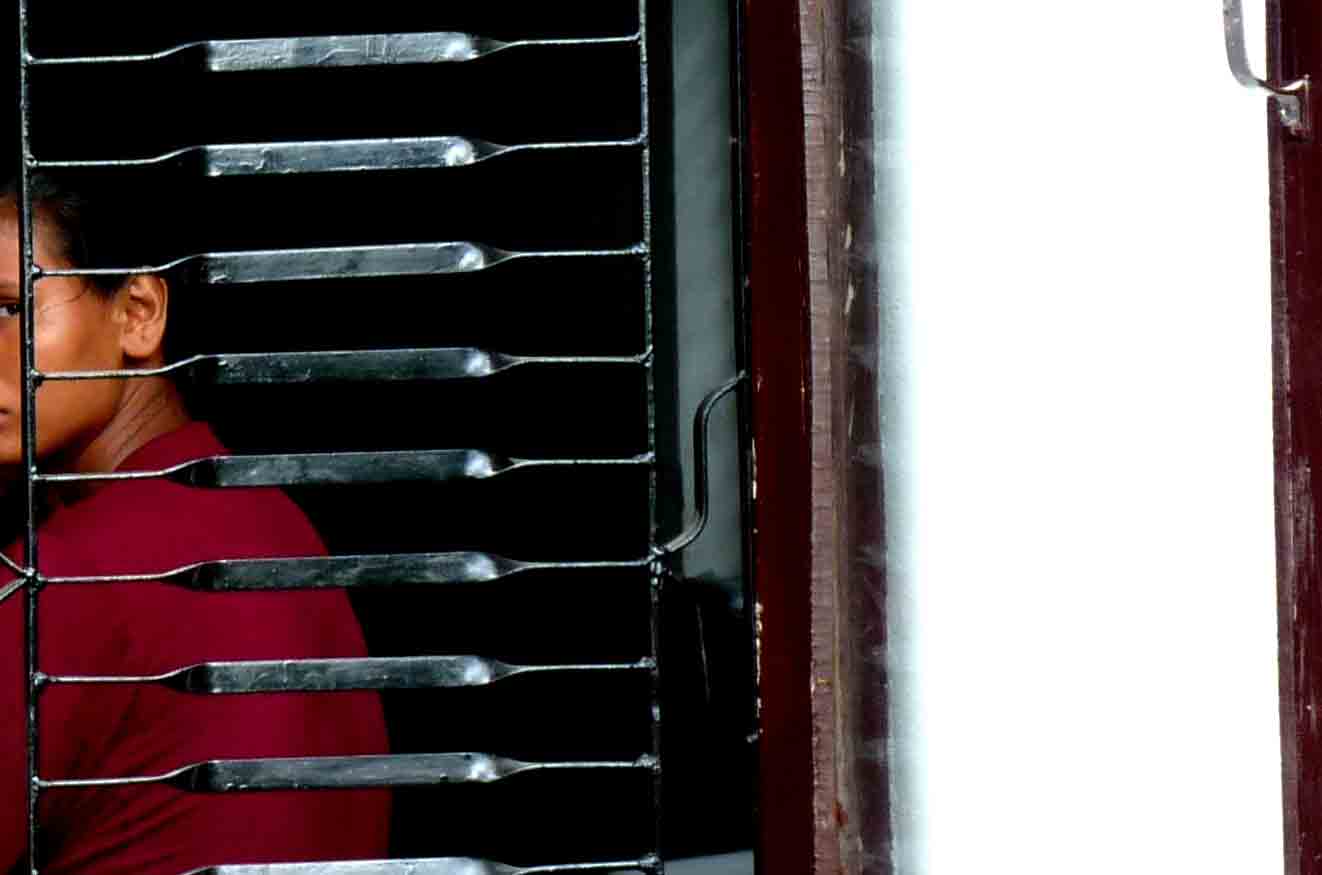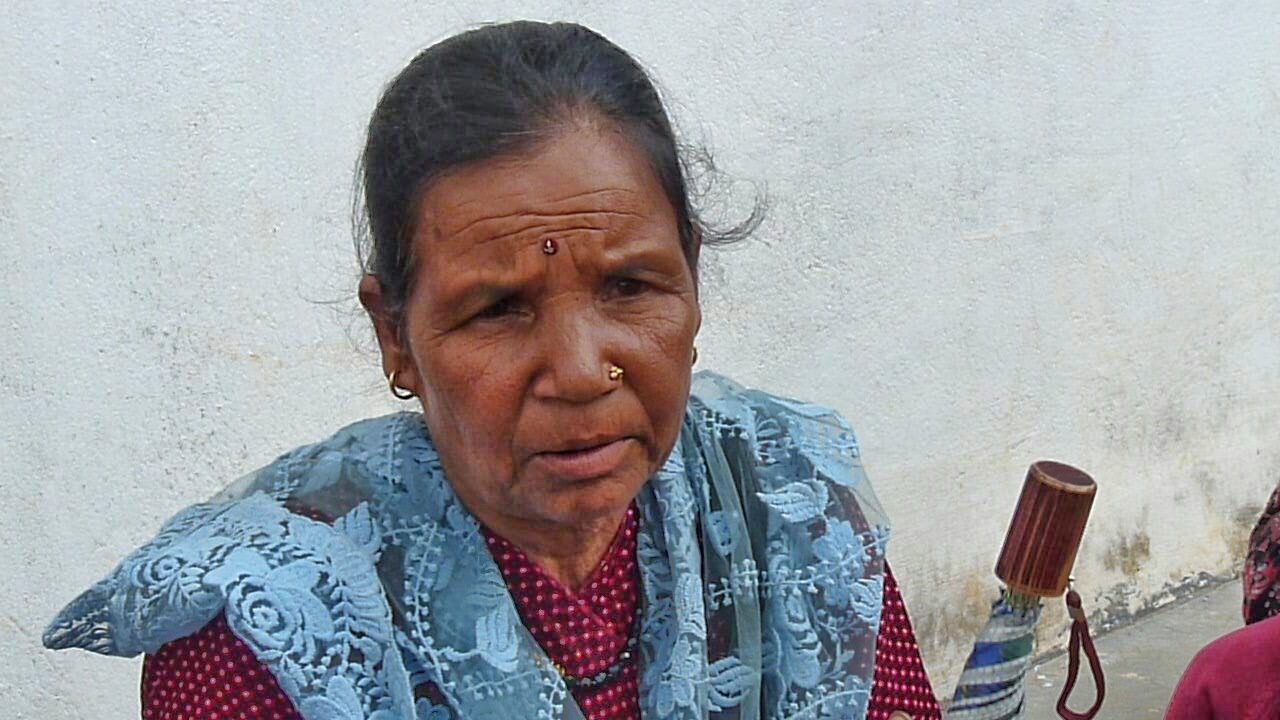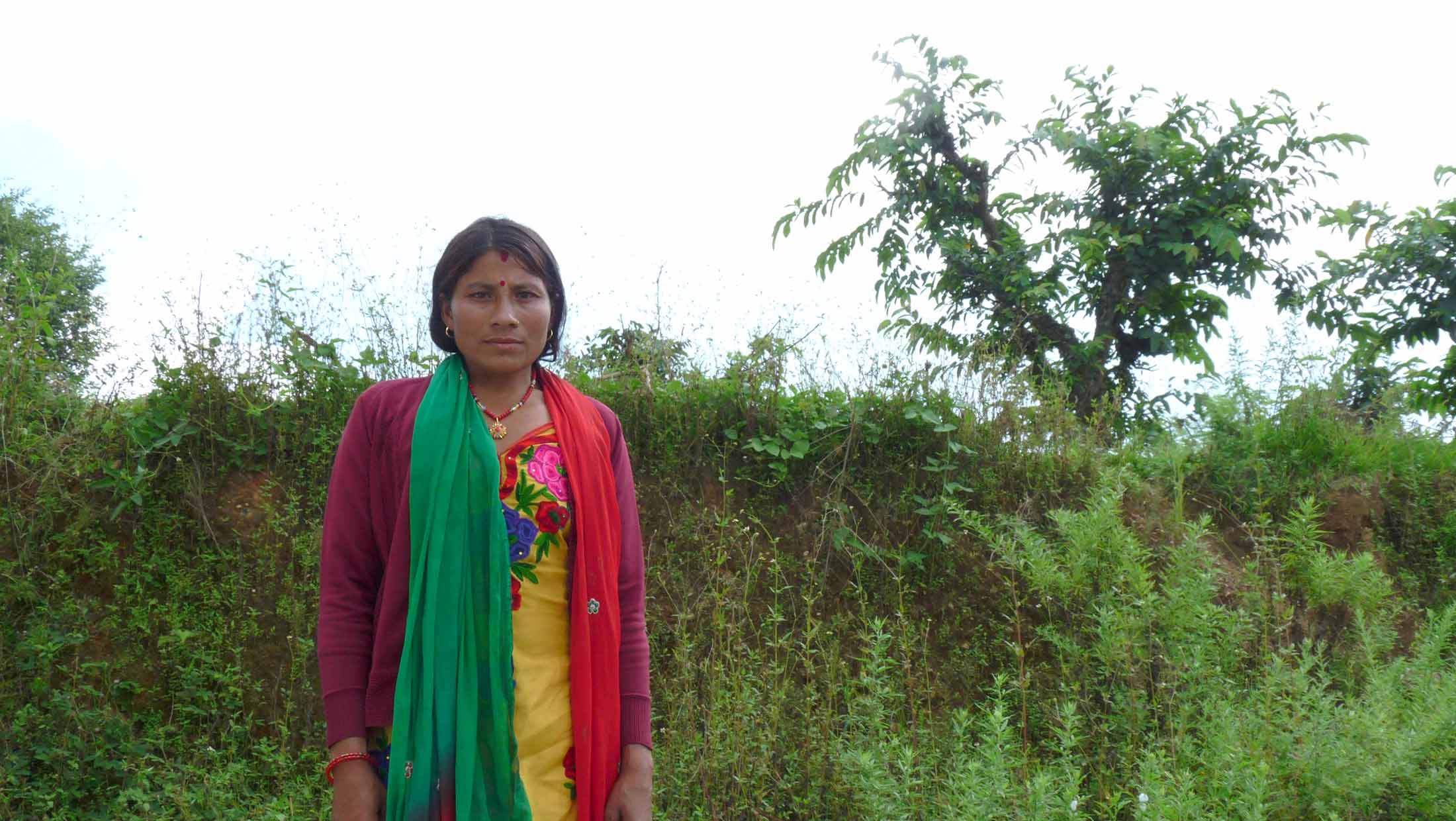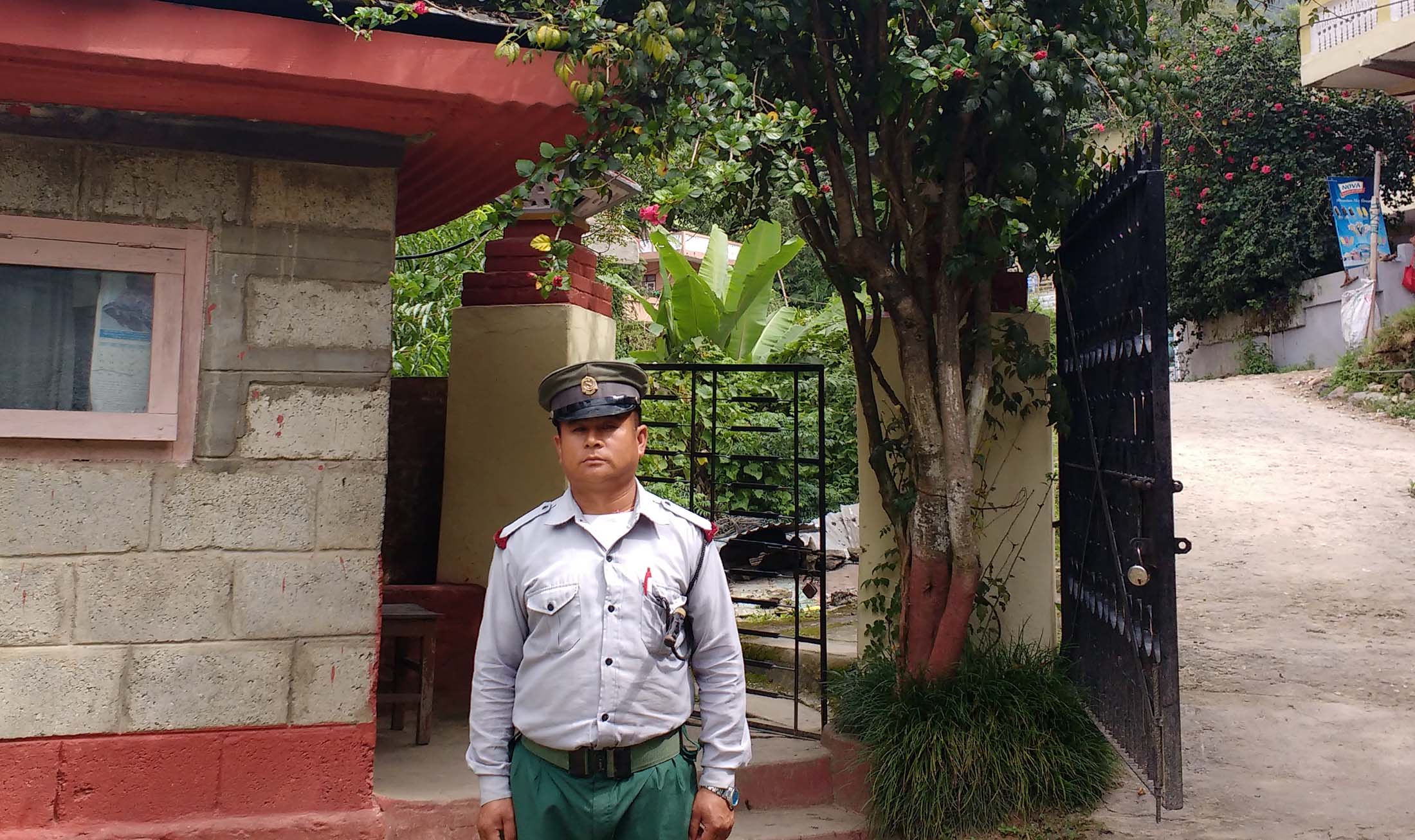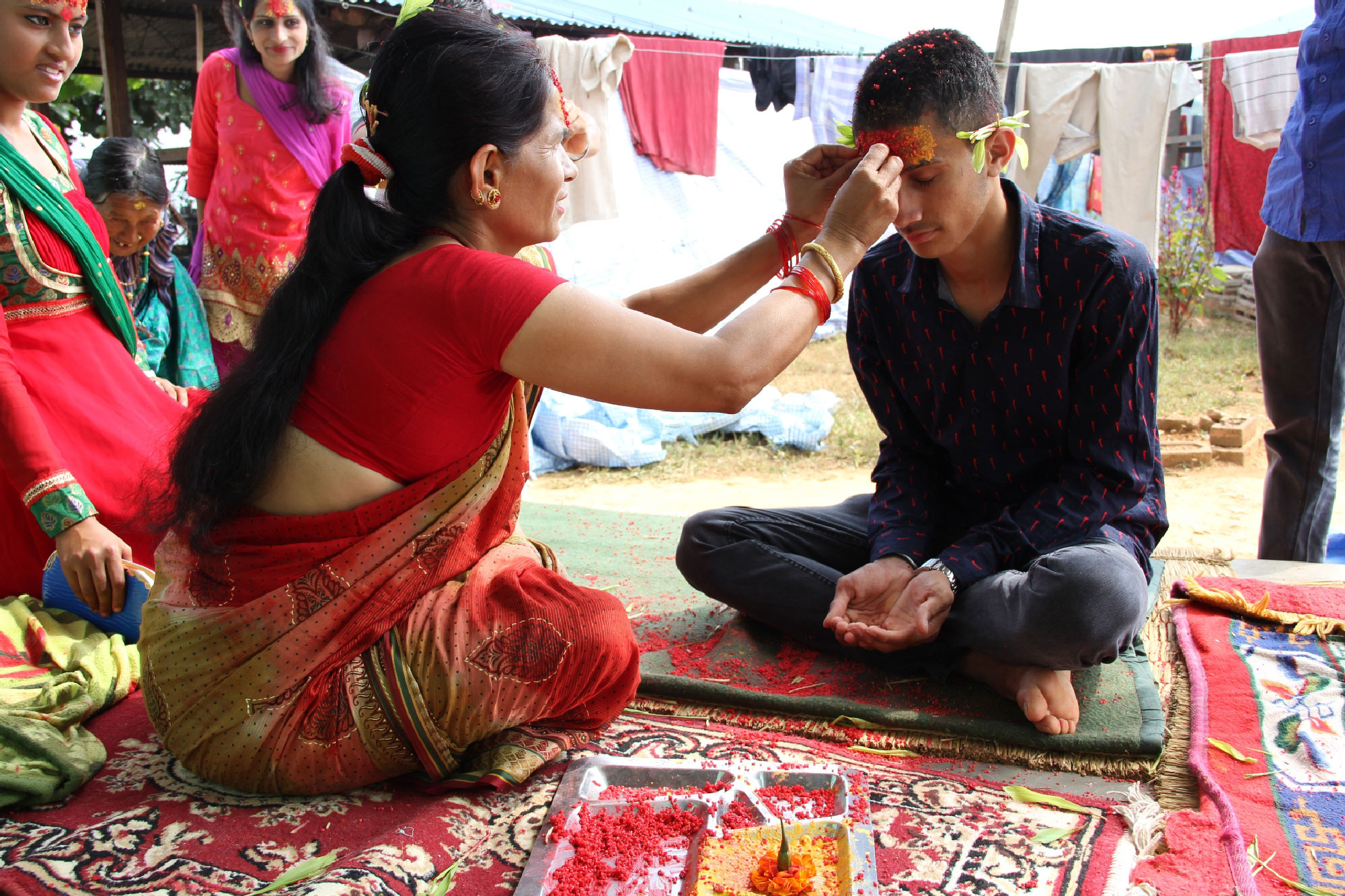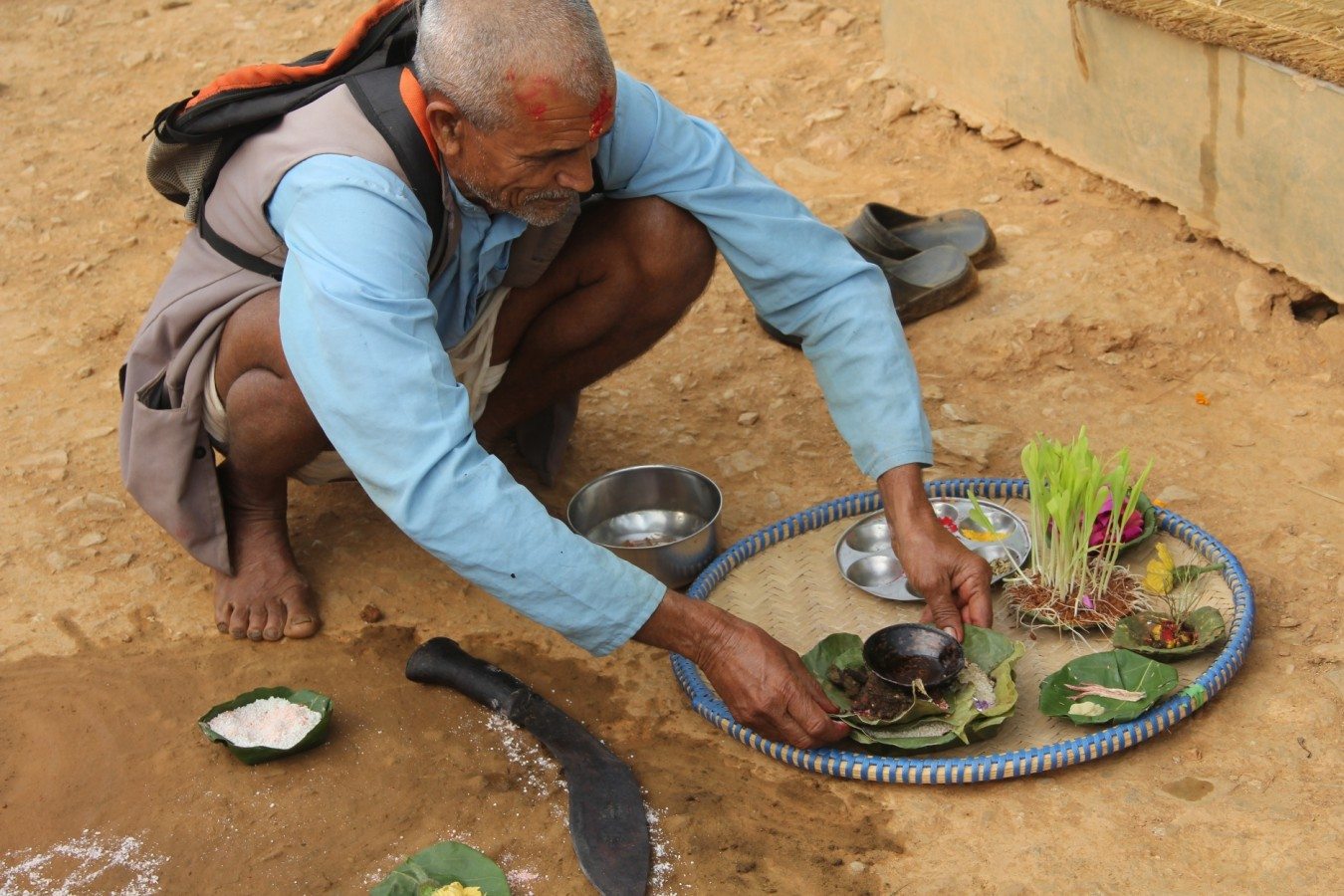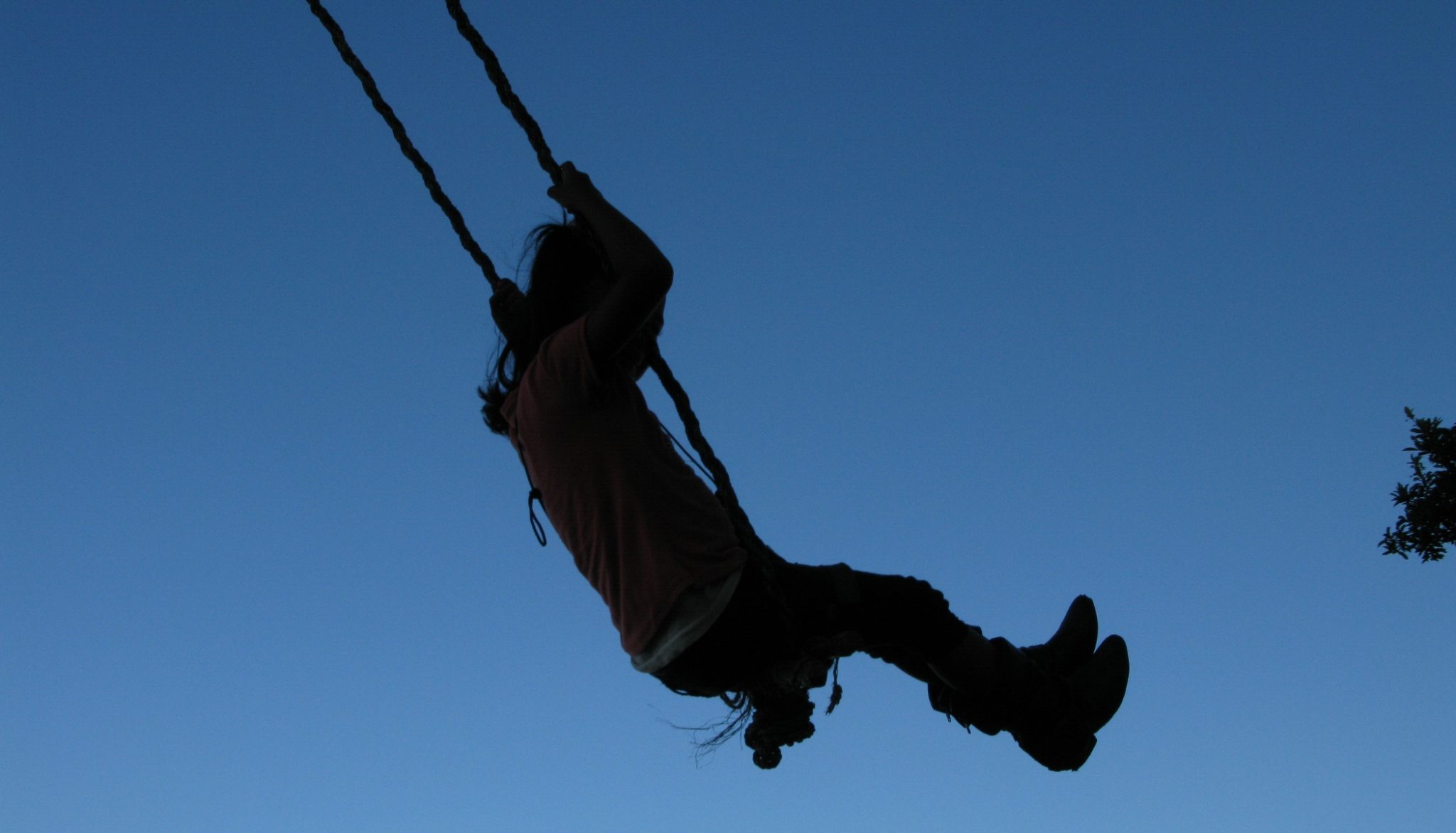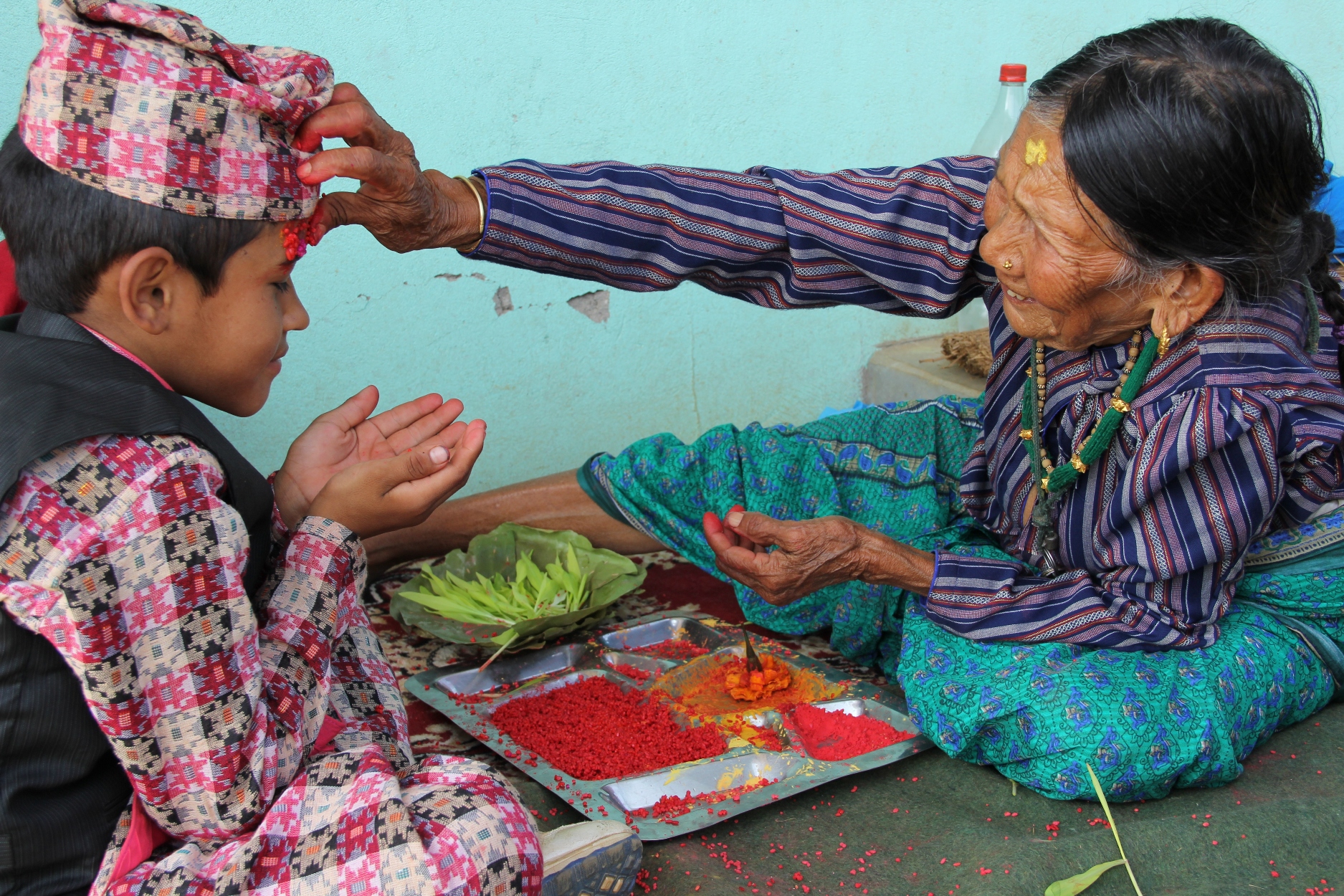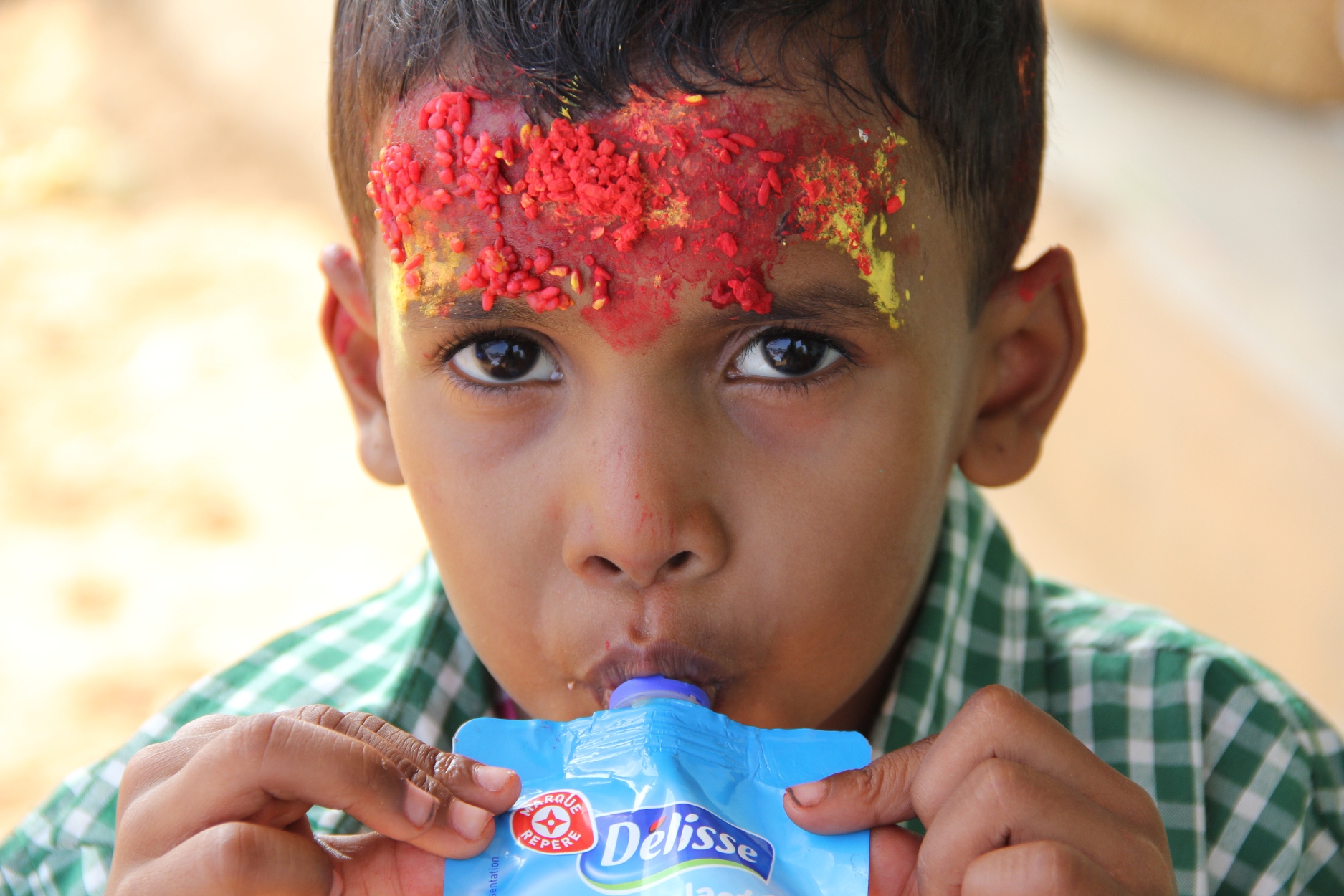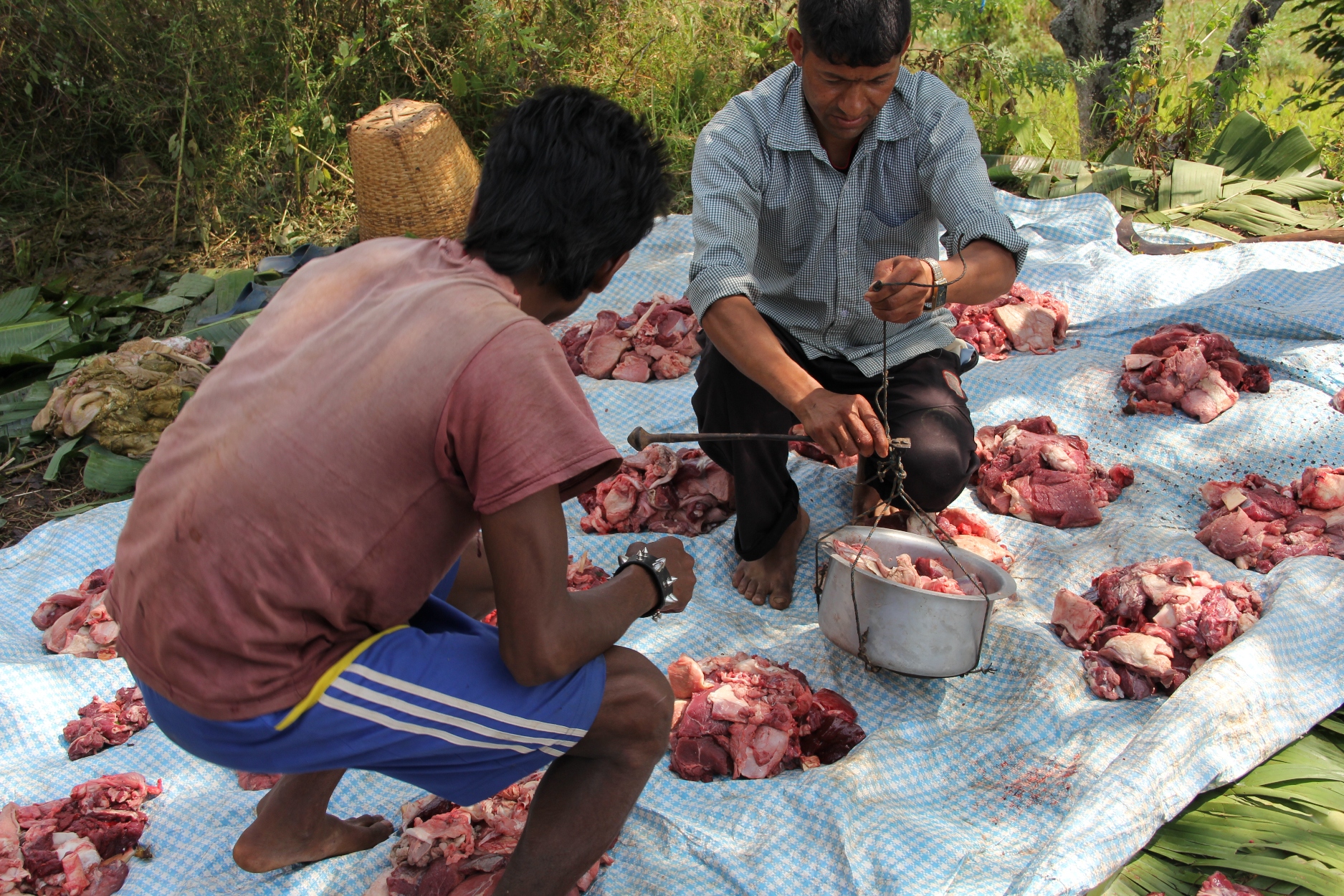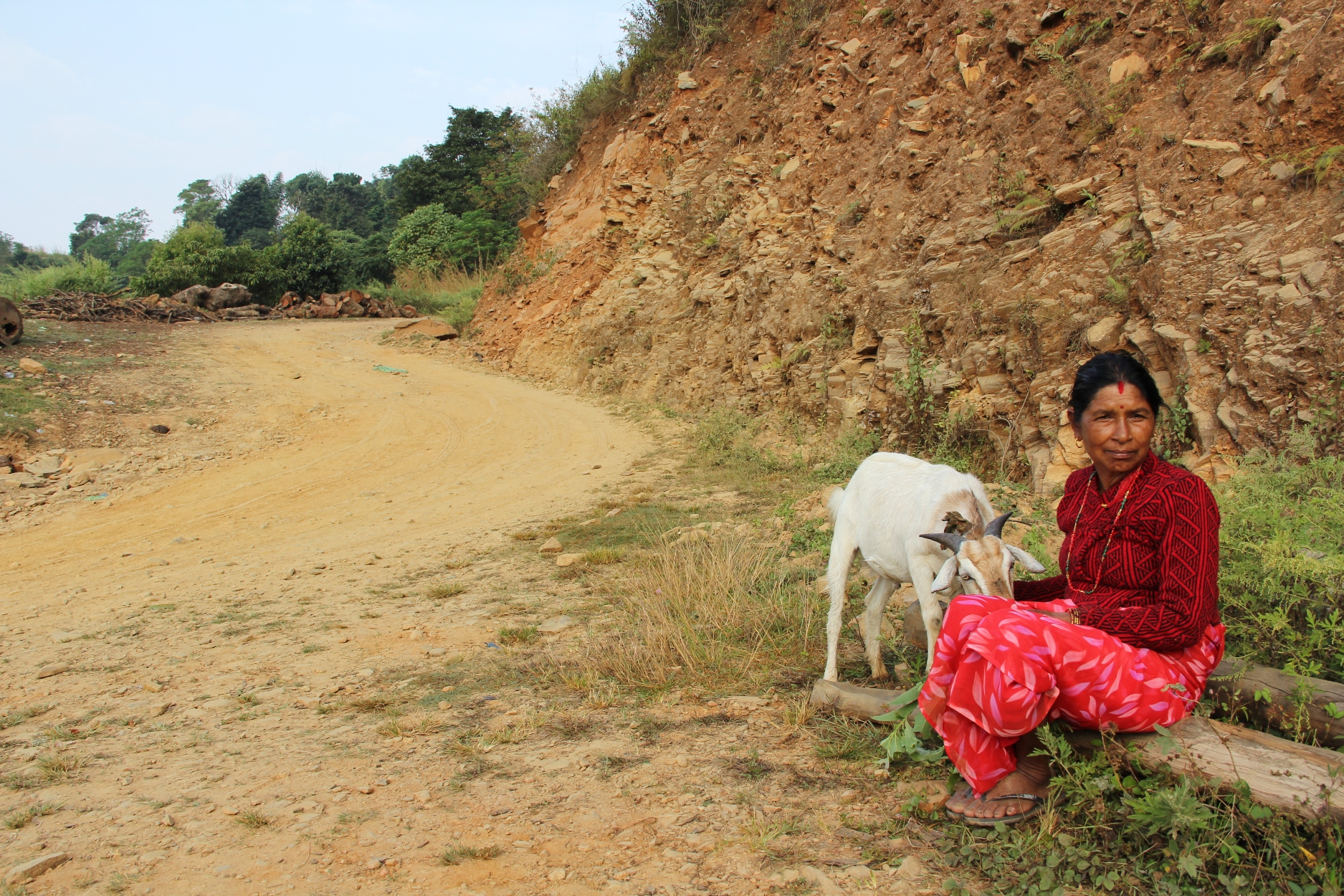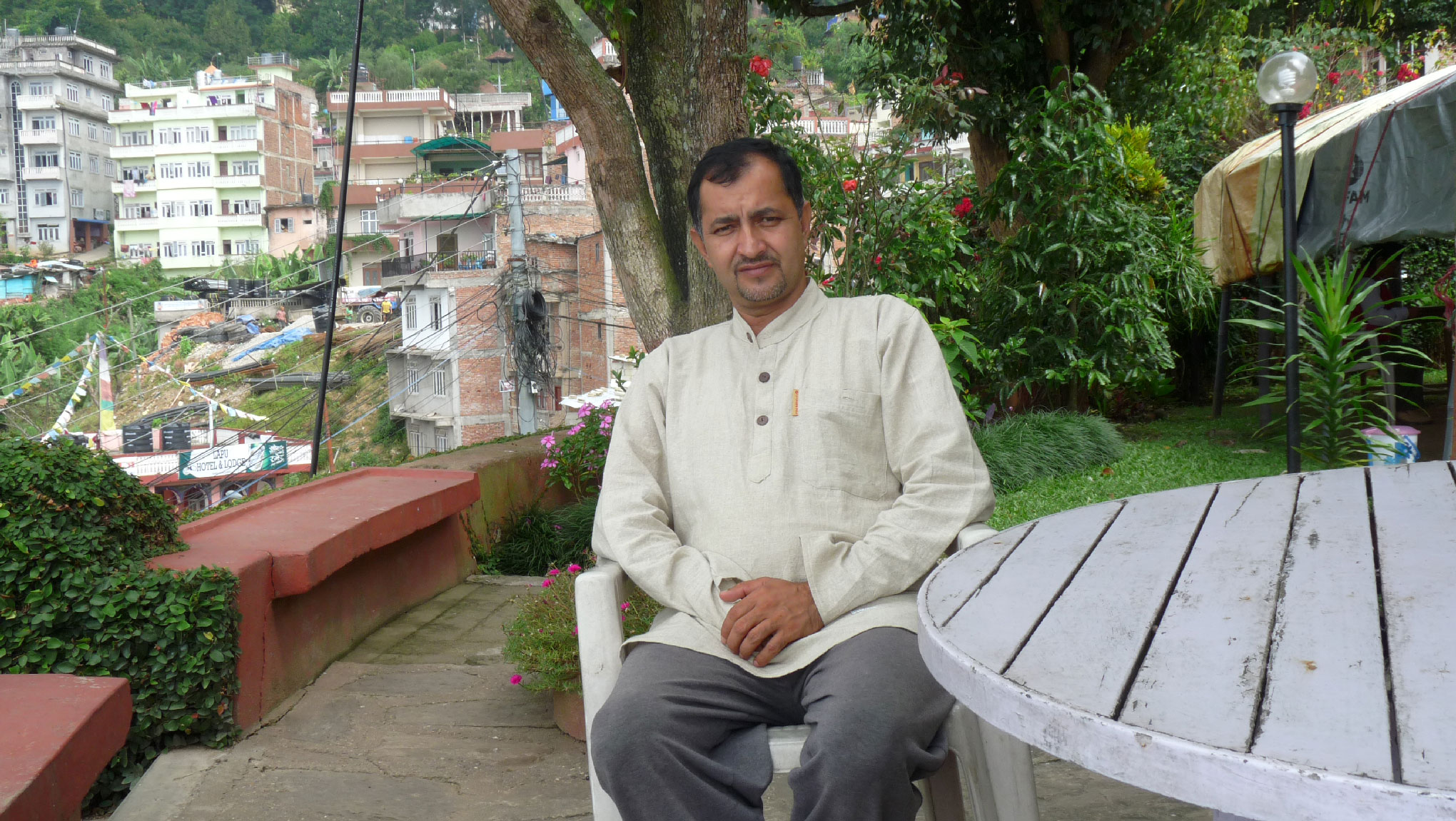Submerged in the political wrangling over its new constitution and the furore surrounding the fuel shortage in Nepal lies an imminent, far severe crisis for the thousands of earthquake survivors living in the higher reaches of the Himalayan nation.
Winter is coming and they have no real shelter.
“We are in a race against time to reach 84,000 people with vital supplies before snow sets in,” says Iolanda Jacquemet of the World Food Programme, which leads the United Nations Logistics Cluster, the agency responsible for coordinating relief operations in the country. “Earthquake-affected populations at high altitudes will be cut off from the world in about 3-4 weeks.”
In the last fortnight, across Nepal, earthquake relief has suffered severely. Protests by ethnic groups in the Tarai region near the Indian border over their underrepresentation in Nepal’s newly enacted constitution resulted in a pile-up of supply trucks from India, leading to a severe fuel shortage in the country. The Dashain festival, when most Nepalis travel home to celebrate with families, began yesterday, and has accentuated the need for mobility, placing further pressure on the already squeezed resources available for relief work.
“We have used the last drop of diesel available to distribute food,” says Jacquemet. “Fuel for choppers will expire in one week. We are 30 per cent late on our distributions as of today.”
The situation is particularly serious for those in the hilly, remote areas of Gorkha and Sindhupalchok, where temperatures dip to below zero. Supplies can only reach these communities through a combination of off-road vehicles, porters and mules. WFP has one month’s worth of food relief supplies ready on the ground. But the lack of diesel has meant distributions to some 224,000 people have been severely disrupted, says Jacquemet.
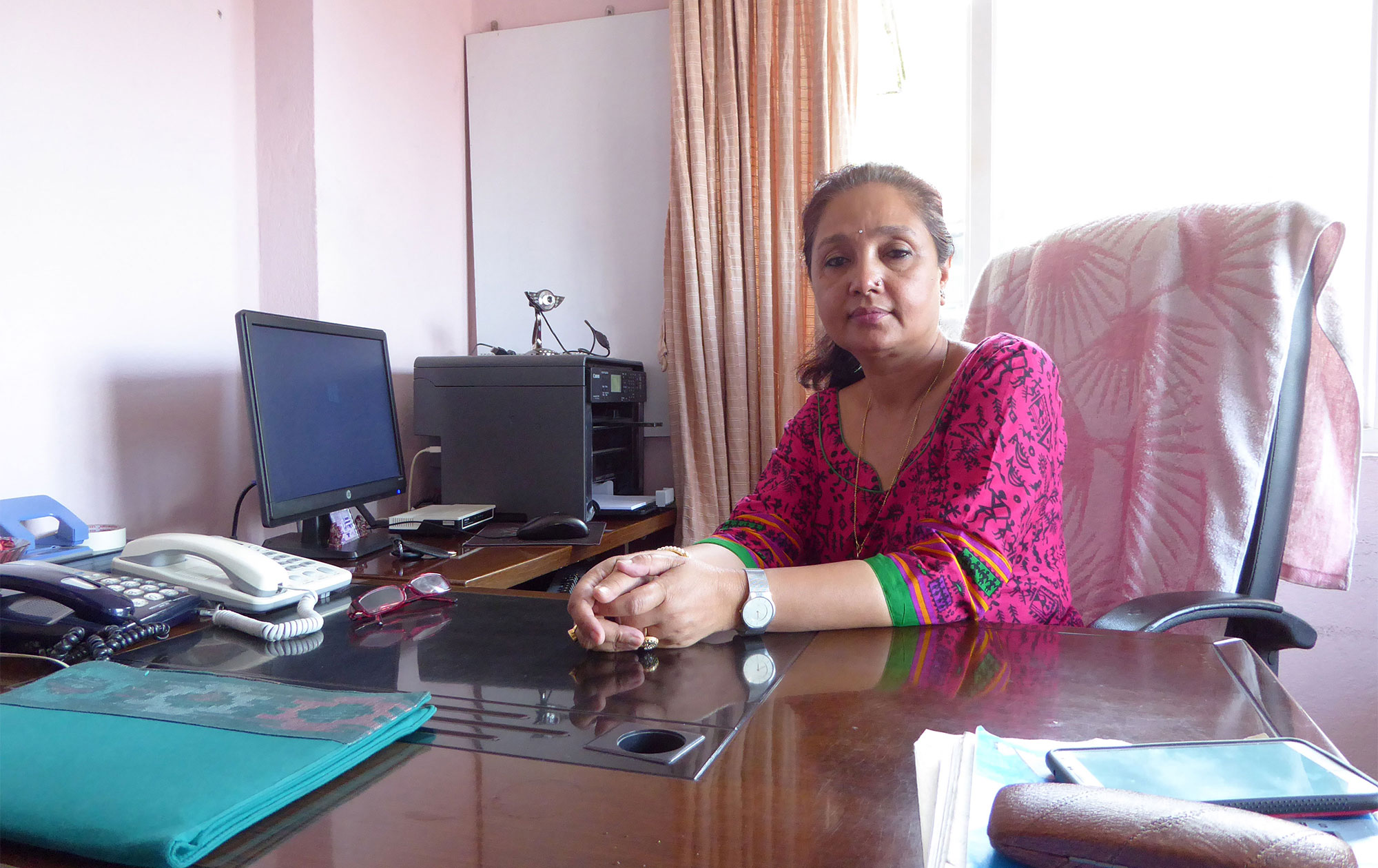
Women for Human Rights founder Lily Thapa is concerned her organisation will not be able to finish distributing supplies before the winter sets in. Photo: Patrick Ward
Survivors face the prospect of a winter in open tents in the lower reaches as well. Sudarshan Shrestha from Save the Children spoke of how his organisation had promised goods and supplies to several communities before Dashain, and how that commitment could not be kept. If relief work does not pick up momentum quickly, he says, “we could could end up with a double humanitarian crisis”.
In Chhoprak, a remote village in the Gorkha district, where 1,504 of the 1,531 houses were destroyed by the earthquake, the Nepali NGO Women for Human Rights faces a similar, broken promise. Most households live in temporary shelters without proper windows or doors, and WHR is concerned that supplies such as solar lights, winter clothes and blankets will not get dispersed in time.
“We have distributed 8,000 items over the past two months,” says WHR founder Lily Thapa. “We still have 10,000 more to distribute.”
The fuel crisis has also pushed up the cost of distributing relief for NGOs. “Usually the private vehicles we hire to take goods from Kathmandu to Gorkha cost around NPR 22,000 [approximately £138],” says Bisheshta Shrestha, an aid worker at WHR. “That has doubled right now. Local transport in Gorkha is even more expensive.”
Further, NGOs face the prospect of losing donor support if they do not meet agreed objectives. “If you don’t finish your work within the deadline, you have to find another funding source,” says Ram Hari Adhikari, who works for Mission East, a Danish NGO. “It’s the same story for all the NGOs.”
Adhikari works in Sindhupalchok, the district worst affected by the earthquake, building community toilets and hygiene facilities. That work has been hampered by the unavailability of cement, sand, and other construction materials. In addition, the fuel crisis has had severe economic and social impacts on the communities in the district.
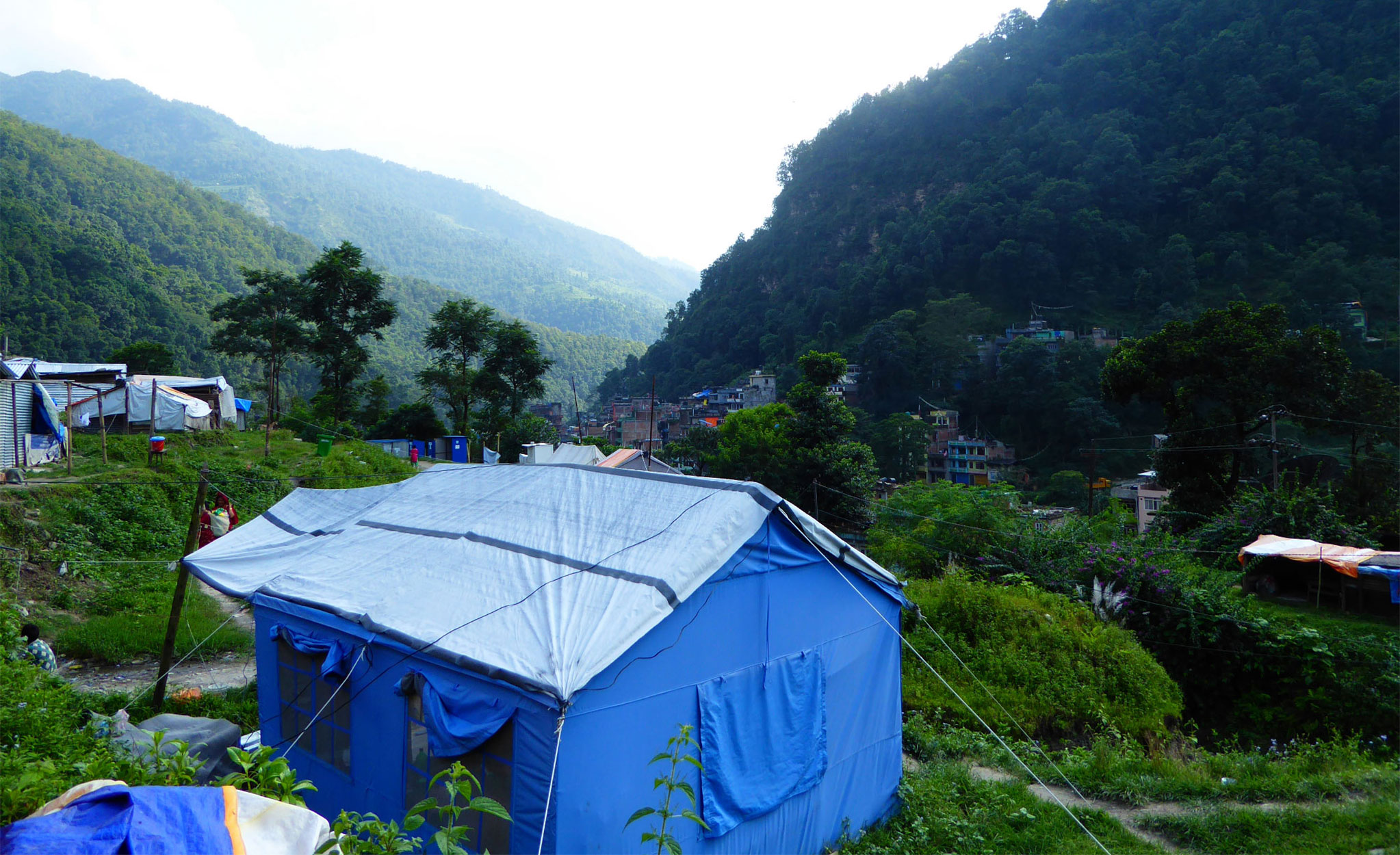
In Sindhupalchok, the district worst affected by the earthquake, thousands still live in temporary shelters. This is one such camp in Bahrabise, close to the Chinese border. Photo: Patrick Ward
“Many people working in the transportation industry are jobless at the moment. Those selling goods which come from India, like milk and vegetables, are also suffering,” Adhikari says. “After the earthquake, schools closed for two months. Now, schools have been disrupted again, so children can’t finish their courses this academic year.”
In the southern plains of the Tarai region too, NGOs are facing issues. Relief has been disrupted by the turbulence caused by the Madhesi and Tharu protesters calling for amendments to Nepal’s new constitution. An EU delegation to Nepal last week issued a statement expressing concern about the effects of the current situation on “the poorest segments of the population, including in the Tarai”. General strikes have crippled everyday life in the Tarai for the past few months; curfews were imposed and many schools suspended classes.
“In the past weeks we’ve had to temporarily close operations in six districts, in the interests of the safety of our staff,” says Sudarshan Shrestha. The Nepal Red Cross faced several incidents of vandalism. In one incident, an ambulance was set on fire and an injured patient killed.
The UN Logistics Cluster has now requested the government for priority access to fuel. But Rameshwar Dangal, head of the Ministry of Home Affairs’ Disaster Management Division, is doubtful it will be approved immediately.
“We have a huge crisis due to Dashain,” he says. “I think the government will prioritise providing fuel to public transport and private vehicles.”
At this point, like the rest of the nation, aid agencies can only wait for the situation to improve. But time is running out fast. “Even if the situation improved tomorrow,” says Sudarshan Shrestha, “it would take us a week or more to get back on our feet.”

